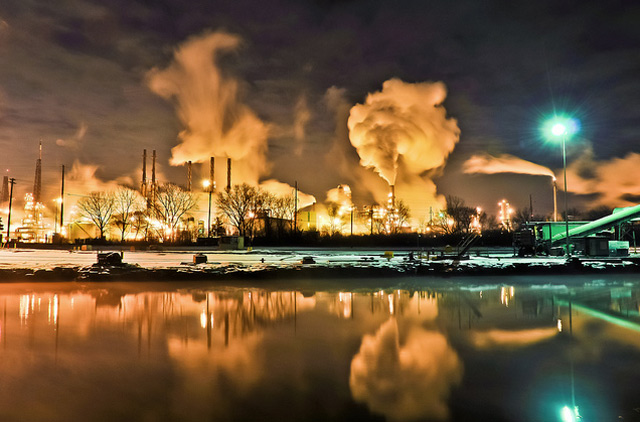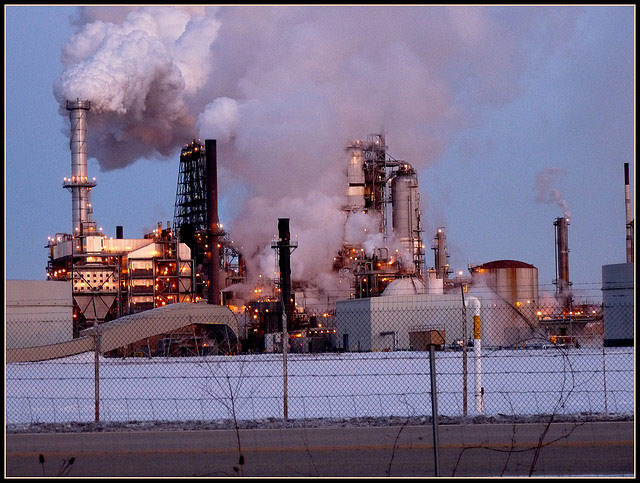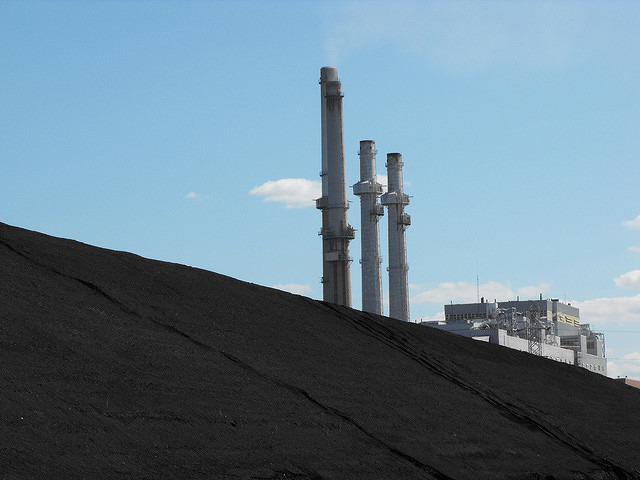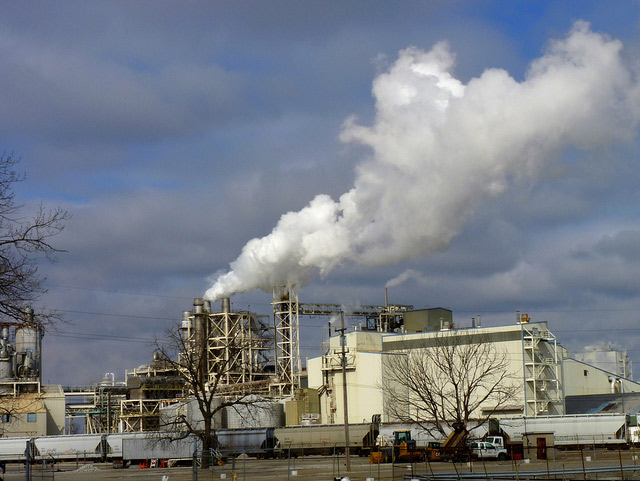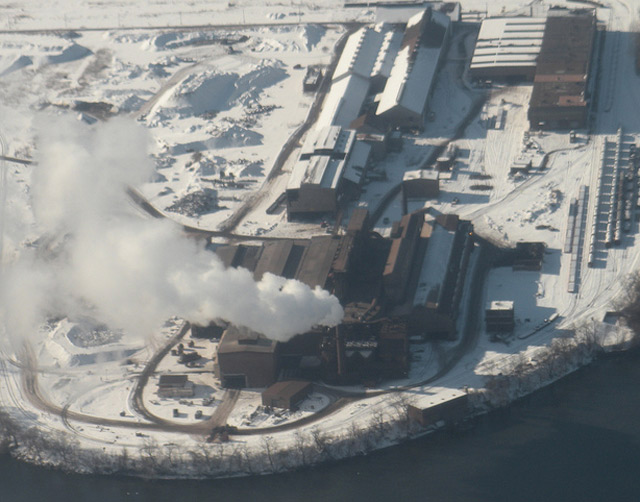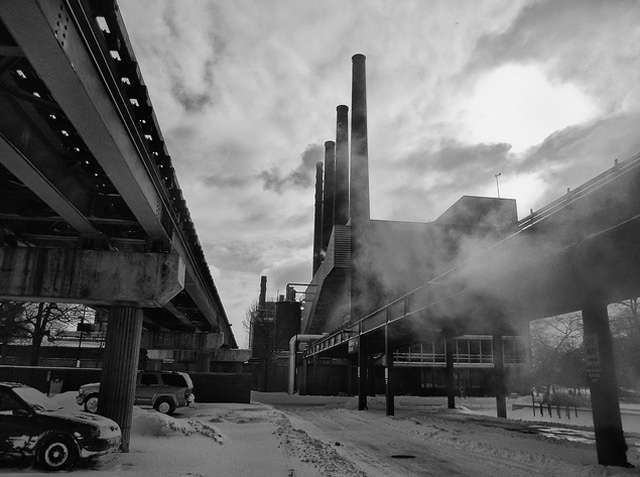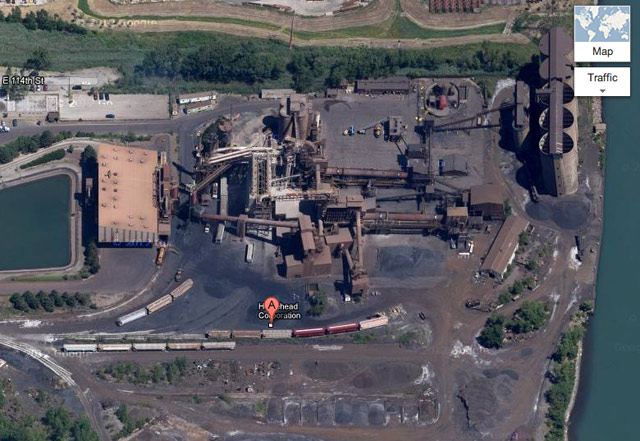Carbon Caravan: A Tour Of The Area's Biggest Greenhouse Gas Emitters
By JoshMogerman in News on Jan 13, 2013 5:00PM
A historic snowless streak. Lake Michigan at historic low levels. Spring flowers popping up in January. Lakes being drained to keep barges afloat on the Mississippi River. It sure seems like climate change is smacking our neck of the woods in the face lately. And that got us thinking about the carbon pollution emanating from facilities in Chicagoland.
Last year we dug into the US EPA’s TRI data to take you on a Toxic Tour of Chicago, highlighting Cook County’s biggest releasers of chemicals into our air and water. So this week we dug into the agency’s Greenhouse Gas Inventory to figure out where the gases cooking the atmosphere are coming from in our area.
The top-10 emitters list in Illinois is dominated by downstate coal plants, with Midwest Generation’s Will County coal plant in Romeoville standing as the only Chicagoland facility near the top of the list. And Archer Daniels Midland in Decatur is the only industrial facility in the top 10 (though it should be noted that the company has an active carbon capture and sequestration project underway, burying some of their carbon dioxide in the ground).
The news in Cook County is interesting, in that our two biggest emitters have gone offline. The EPA’s data was last reported in mid-August of 2012 and pointed to Midwest Generation’s Fisk and Crawford Generating Stations as by far the biggest sources of greenhouse gases in the county. With their closure, Chicago is left with pretty learned leaders. University of Illinois-Chicago and University of Chicago are both in the city’s top-3 emitters, along with Horsehead Corporation (it is worth noting that emissions from the leading Chicago emitters are a fraction of those from the region's biggest carbon polluters and both universities have active plans to further cut their carbon footprints). Looking outside the city, Cook County’s biggest source of greenhouse gases is Ingredion Incorporated’s Argo plant in Bedford Park, which can be seen from I-55 near Brookfield Zoo. It emits nearly 920,000 metric tons of carbon pollution, which is more than six-times the greenhouse gas emissions of the next two highest emitters: Land and Lakes Company landfill in Dolton and ArcelorMittal’s Riverdale steel mill.
Will County is Chicagoland's carbon cluster, with significantly higher emitters around Joliet and Romeoville where the Will County Generating Station (6.1+ million metric tons), Joliet 9 and 29 coal plants (1.4 and 5.99 million metric tons), ExxonMobil’s Joliet Refinery (which recently spurted oil onto surrounding communities) (2.5 million metric tons) and Citgo’s Lemont Refinery (1.7 million) all dwarf Cook County’s greenhouse gas sources. For context, Illinois’ highest emitter is the Baldwin Energy Complex downstate, which spews 11.8 million metric tons. It stands as one of the biggest carbon clouds in the country, though neighboring Indiana has two facilities that are among the nation’s top-10 emitters (both release more than 16 million metric tons).
